That delicious symbol of France, the baguette, might soon become protected by UNESCO. According to CNN, bakers are petitioning the United Nations to include the French stick on its list of intangible treasures, and that got us thinking, obviously, about breadvans.
In our world that’s the long-roof, straight-back style pioneered in 1962 by Giotto Bizzarrini and Piero Drogo for Count Giovanni Volpi’s Ferrari 250 GT SWB, and it’s a style that should be celebrated and protected just as much as the flour, water, yeast, and salt-based product that sandwiches your favorite brie. While the French produce and consume six million baguettes a day, breadvans are much more scarce. In fact, you can count the number on your doughy fingers.

1962 Ferrari 250 GT SWB
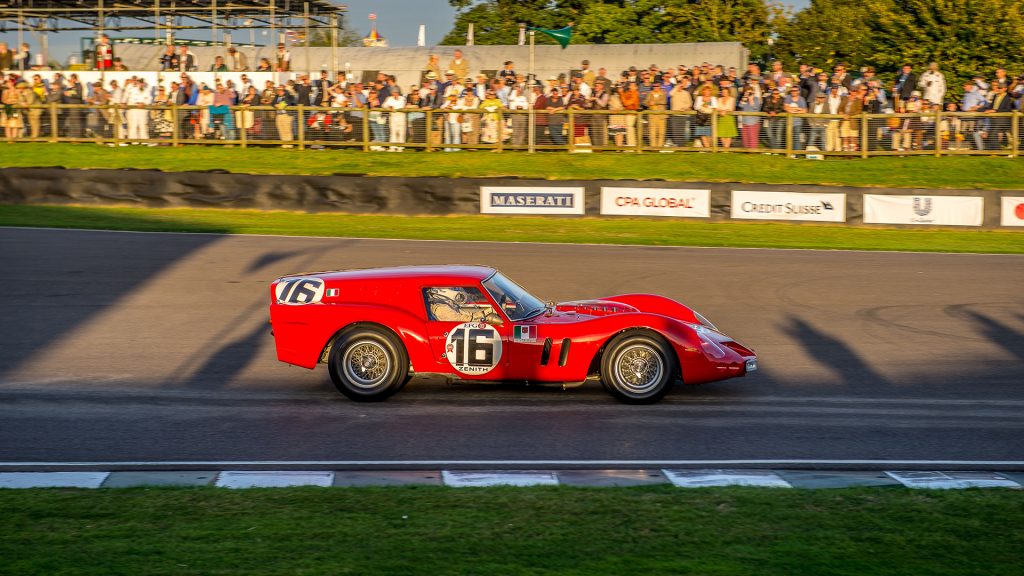
The original breadvan came about when Scuderia Serenissima owner Count Volpi wanted to modify a Ferrari 250 GT SWB to race against the works GTOs. Unable to get one from the factory, Volpi privately bought the car which came second in the 1961 Tour de France. Bizzarrini and Drogo re-engineered the car for speed, but it was hardly beautiful. When French media saw it at Le Mans they dubbed it La Camionette, meaning “little truck.” The British were more blunt and called it The Breadvan. Although it failed to finish on its debut the Breadvan would race to several victories and, more importantly, lead to a whole new genre of car design.
2021 Breadvan Hommage by Niels van Roij Design
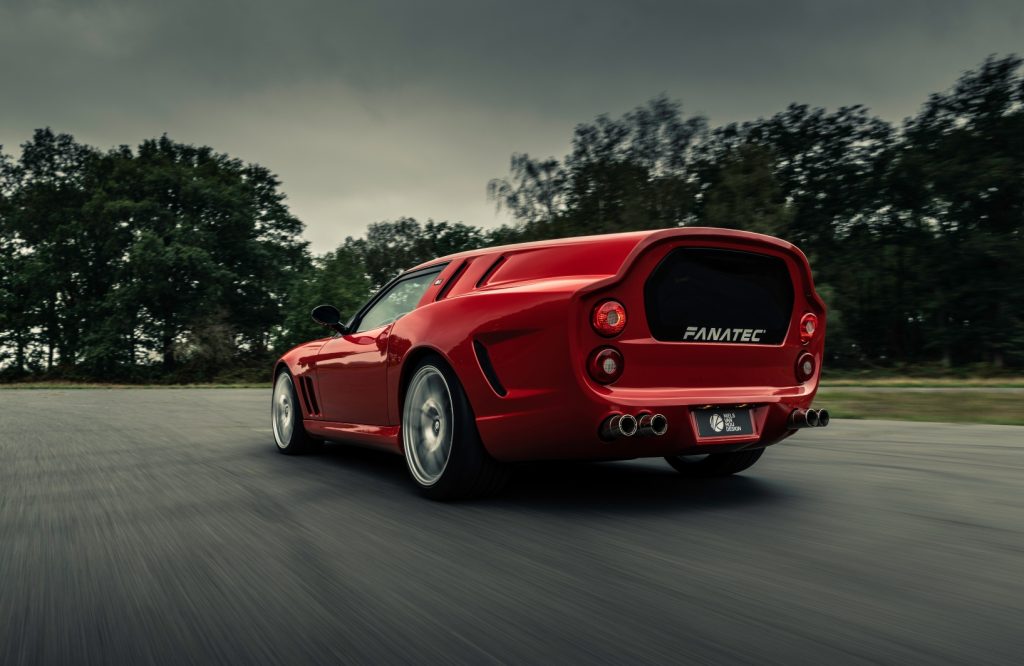
Dutch designer Niels van Roij’s take on the breadvan has proven almost as controversial as the original. A one-off, built for a German client, the car is based on a Ferrari 550 Maranello. We reckon that his blend of classic, modern classic and future design is a success, but it has its detractors. It’s hard to argue with the quality of the coachbuilding and the attention to detail, and whether you like the result or not, it’s good to see the art of engineering individual cars is still alive and well in the Breadvan Hommage.
1966–75 Lotus Europa
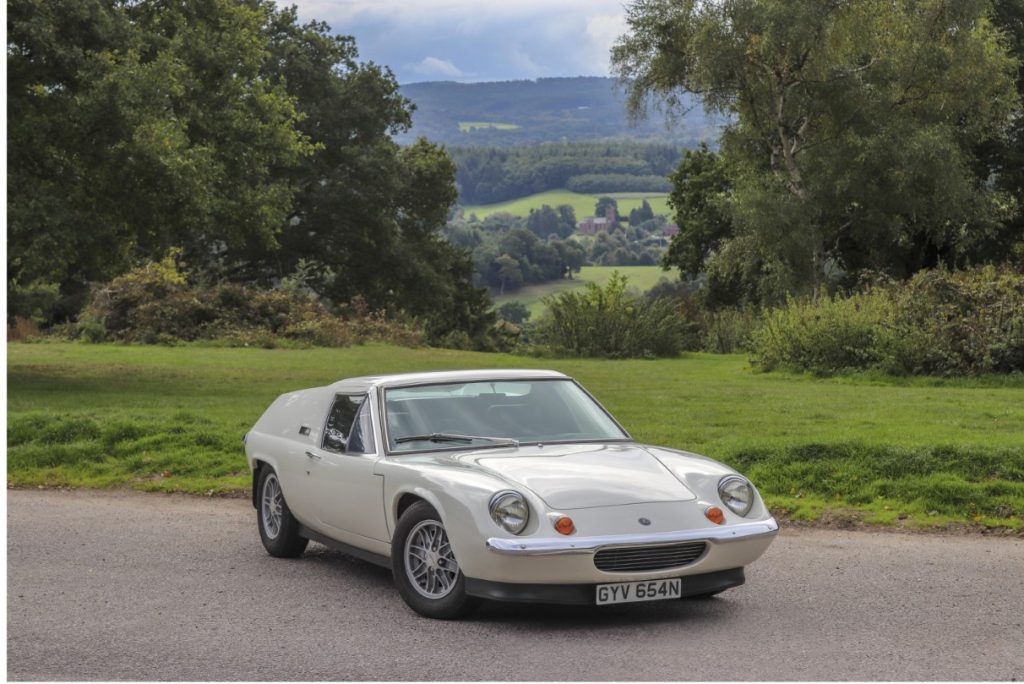
The Lotus Europa is arguably the only true breadvan to be produced in significant numbers, with over 5000 assembled over a decade. It was the first mid-engined Lotus road car and, in typical Lotus-style, the design was as minimalist and light as could be. Form very much followed function. The engine sat behind the occupants covered by a low rear deck that made it relatively easy to access when things went awry (because Lotus). With a steel chassis and fibreglass body the featherweight Europa was at its best when fitted with a Ford-Lotus twin-cam, 1.6-litre motor.
1965 Ferrari 330 GT 2+2
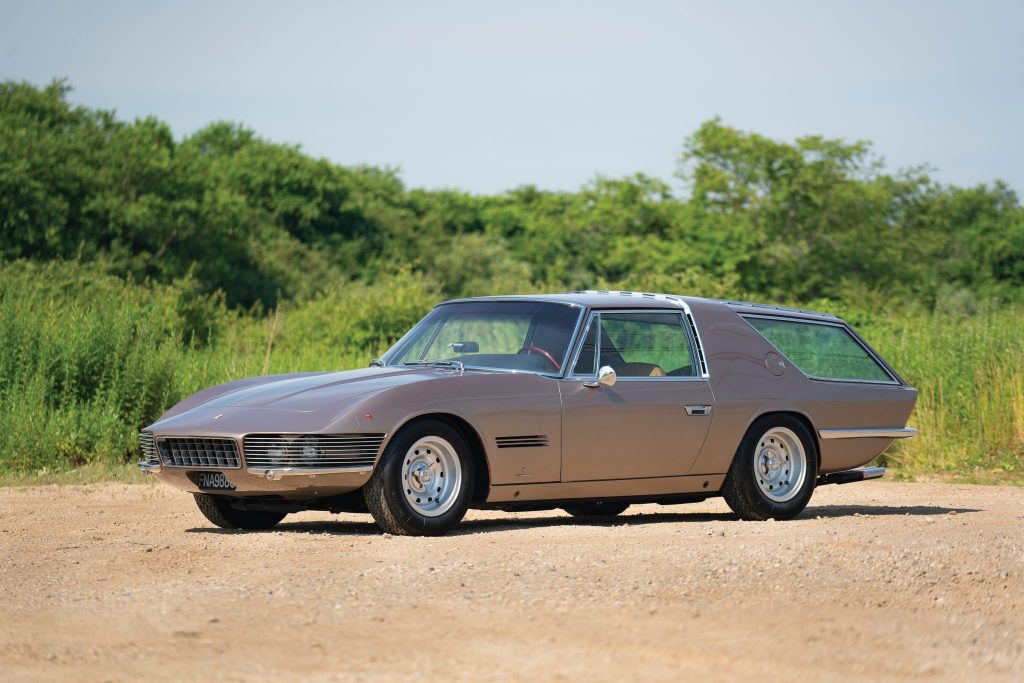
When does a breadvan become a shooting brake or vice versa? Actually, does it matter? As long as a car has been extended beyond its original design incarnation then we’re happy to include it. In the case of this 1965 Ferrari 330 GT 2+2 by Vignale, we’re positively delighted. Originally sold in Connecticut by Luigi Chinetti motors, the company bought the car back from its first owner and shipped it home to Italy for this incredible conversion. The car took pride of place on Vignale’s Turin Motor Show stand in 1968 and was owned by high-hatted pop personality Jay Kay of Jamiroquai. It last sold for $313,000 (around £220,000) at RM Sotheby’s Petersen Automotive Museum auction in 2018.
1965 Aston Martin DB5 Shooting Brake
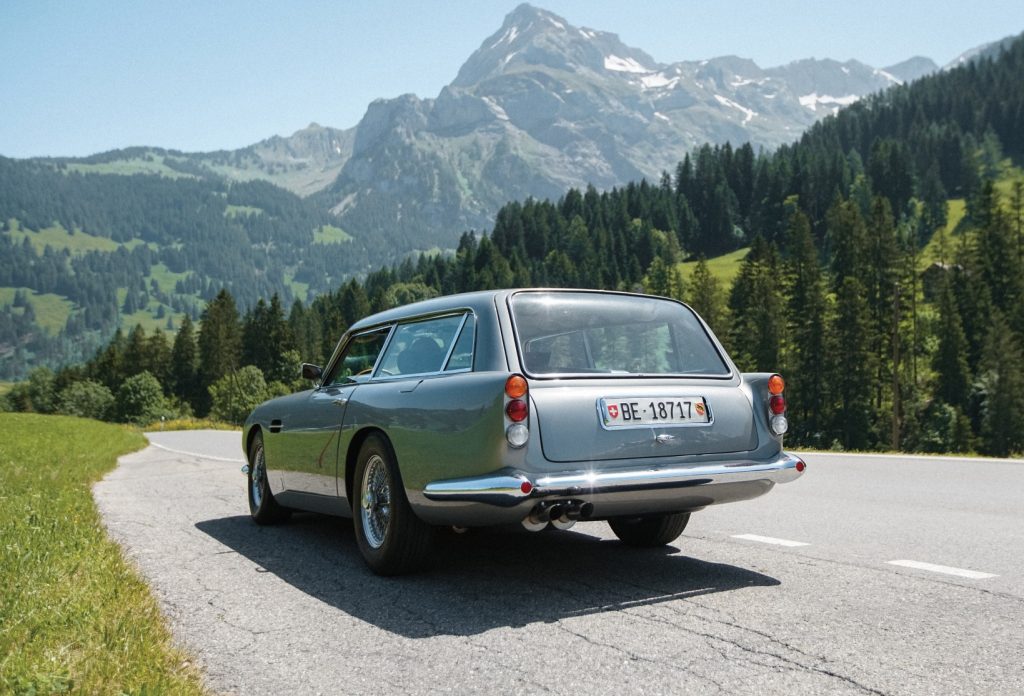
In an unusual turn of events it was Aston Martin boss David Brown who decided that the DB5 wasn’t fit for purpose. To fit his polo gear and his dog inside he turned to coachbuilder Harold Radford to extend the roofline of the most famous car in the world. The conversion reportedly cost about twice the price of the average home at the time, but these days the 12 examples built are worth considerably more. In 2019, RM Sotheby’s sold one for $1,765,000 (£1.25 million).
1968–86 Reliant Scimitar GTE
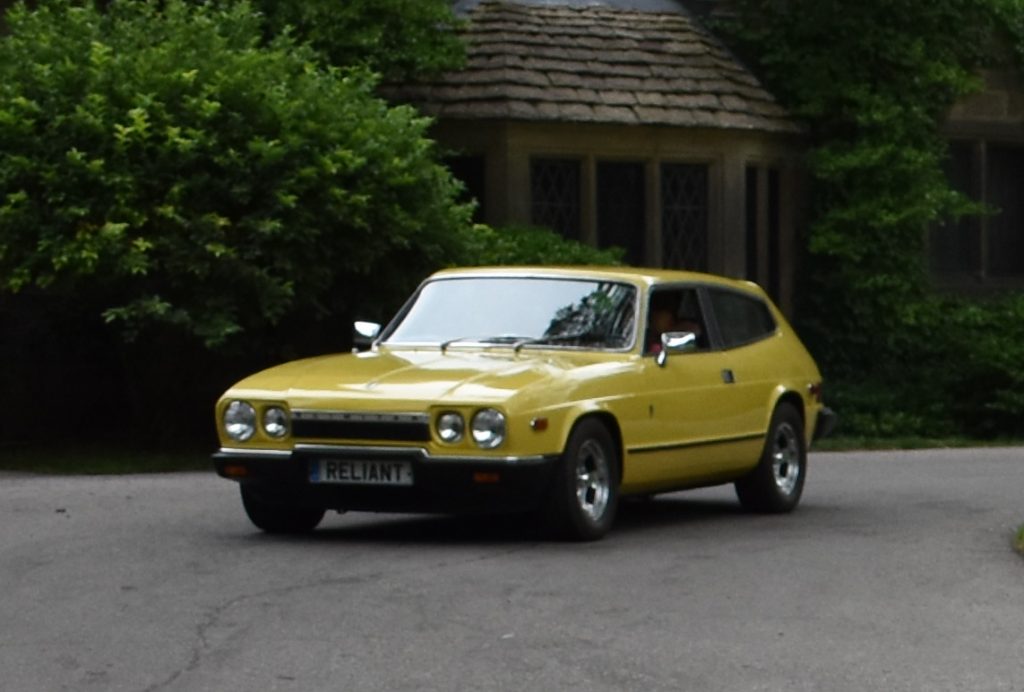
In 1970 Queen Elizabeth II gave her daughter Princess Anne one of the best 20th birthday presents a young woman could wish for – a Reliant Scimitar GTE. Powered by a Ford V6, with a two-door long roof body by Ogle design it would be the first of eight GTEs for the Princess. Despite being more expensive than a comparable MG, enthusiasts loved the styling and the car’s impressive performance. Today they’re comparatively inexpensive, with good ones available for less than £12,000. That’s a right royal deal.
1972–73 Volvo 1800 ES
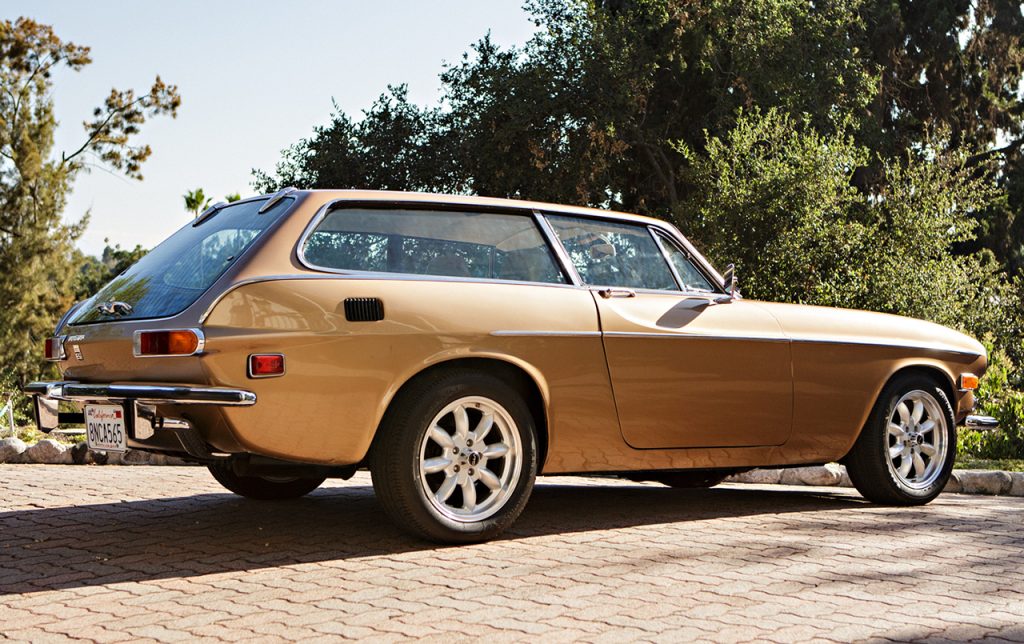
This swish Swede was the last hurrah for the P1800. Built for just two years it effortlessly incorporated the cool lines of the coupé into a more practical wagon style. The 1800ES is rather the antithesis of the Lotus take on the breadvan, with its Volvo safety-as-standard approach weighing it down, less than 130bhp from its 1.8-litre engine and either a four-speed-plus-overdrive manual or three-speed automatic making it a little lethargic. It’s still glorious to look at and prices are on the up. A concours-ready example is worth £31,400 according our valuation guide. And if that’s too rich for you could always consider its spiritual-successor, the 1985 480ES.
1982 Lynx Eventer
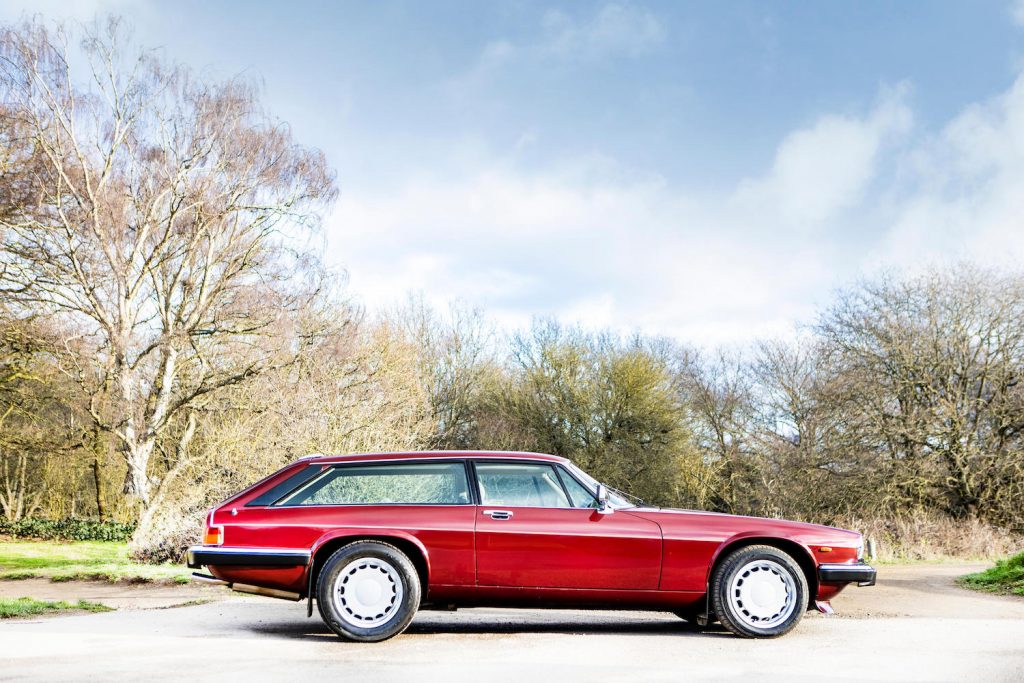
Jaguar made the E-Type’s successor in coupé and cabriolet forms, but it would take coachbuilder Lynx to turn the XJ-S into the Eventer. Just 67 of these stunning machines were hand-built, with each car taking over three months to complete. Most Eventers were based on the 5.3-litre V12, but some featured the 4.0-litre straight-six engines, and one was powered by a 6.1-litre V12 tuned by TWR. It was up for sale at the sadly-canceled, Bonhams’ Goodwood Auction in 2020 where it was expected to fetch up to £65,000.
1998–2002 BMW M Coupé
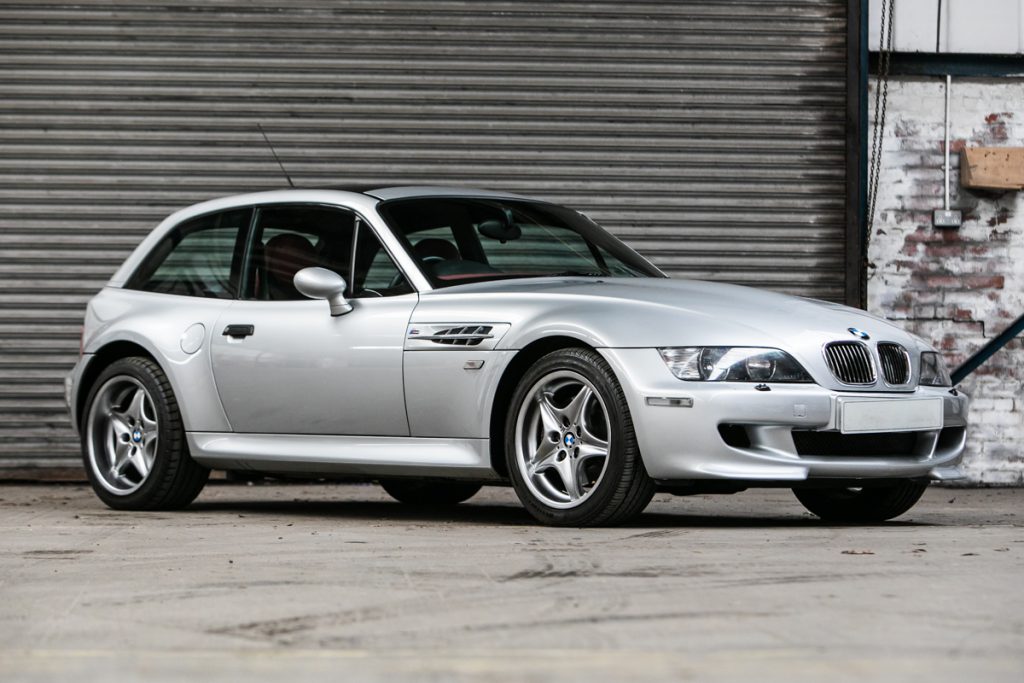
People call it the “Clown Shoe” but we prefer to think of the wonderfully weird BMW M Coupé as a breadvan. Of all the cars on this list, the Z3-based M Coupé offers the best balance of driving excitement and baguette carrying capacity. Powered by a 316bhp 3.2-litre straight six (and later a 321bhp variant), available only with a manual transmission, a limited-slip differential, and a stiff body and chassis, the M Coupé is one of the last pure BMW drivers’ cars. The later Z4 looked a little less ungainly, but was never quite as much fun behind the wheel. Early models in excellent condition can be had for around £20,000.
1947–81 Citroën HY Van
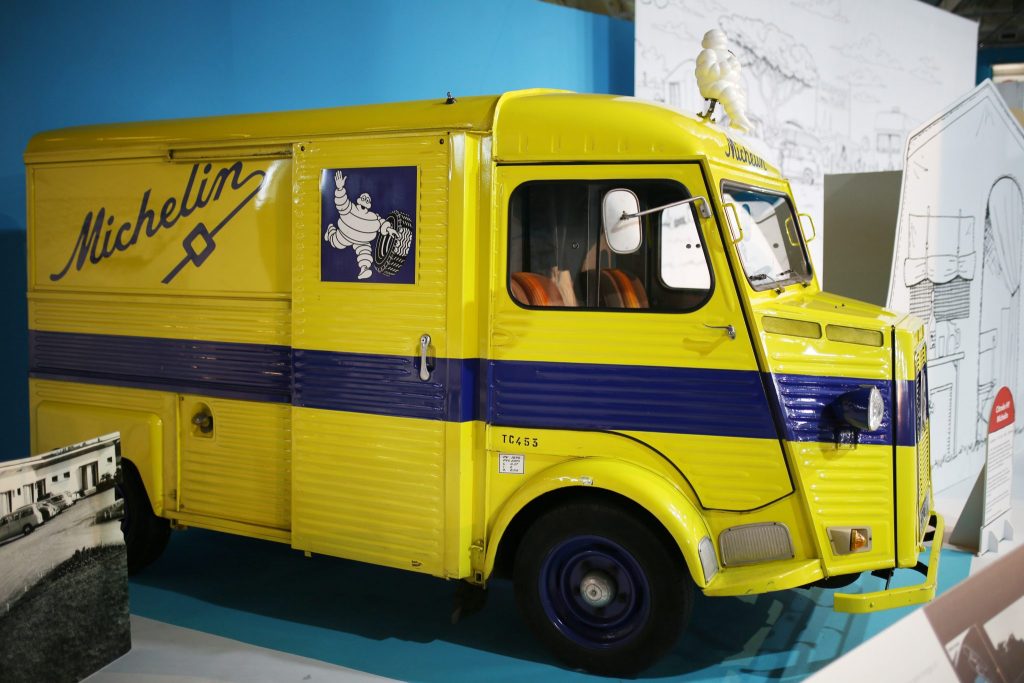
Should you wish to carry your baguettes in truly authentic style then you’ll need an actual French bread van: the Citroën HY. For over 30 years after World War II these wonderfully simple vans adopted the ethos of the 2CV and supersized it to carry produce all over Europe. With a unibody design and lightweight corrugated steel panels it actually shared its engines with the Traction Avant and it was only those body panels and the headlights which could, technically, be attributed to the tin snail. Today no self-respecting coffee or food truck business should be without one of these Citroëns.









One worthy addition to this gallery would be the Alfa Romeo 145. Hardly ever seen nowadays (although someone in my neighbourhood has an immaculate one), it’s boxy rear styling would qualify it. I remember these being called Alfa Breadvans in their day!